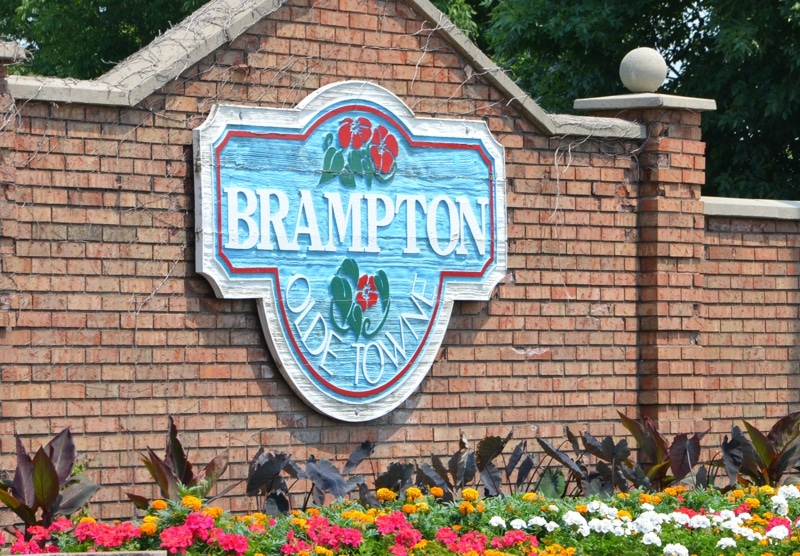
In an analysis of the real estate market in Brampton, Ontario, data indicates a varied terrain for prospective buyers. The city witnessed a modest increase in the average home price by 0.5% year-over-year, reaching $1,033,673. This contrasted with a 1.3% year-over-year decline seen in Mississauga, suggesting a different trajectory for Brampton’s housing market development. The importance of this data lies in its indication of stability in Brampton’s market compared to neighboring areas.
Furthermore, expectations for 2024 project a transition from a buyer’s to a balanced market, with sales predicted to increase by 20%. This period is characterized by stable pricing, with averages maintaining at a three-year low. Such predictions underscore a potentially opportune moment for purchasing real estate in the city. The attractors for buyers don’t end at pricing dynamics. Brampton’s demographic makeup—foreseeing population growth to one million residents by 2051—becomes pivotal. Notably, the city is poised to become a hub for the electric vehicle battery industry, which is highlighted by investments such as the NextStar Energy battery plant, projecting job creation, and economic growth.
Houses for sale in Brampton remain competitively lower than the Greater Toronto Area (GTA) average. For instance, a single detached home in Brampton West features an average cost of $945,000, which is 23% lower than the GTA average. Neighborhoods like Snelgrove, Northgate, Westgate, and Heart Lake East are particularly emphasized for their suitability for families, showcasing a variety of housing options, educational institutions, parks, and other amenities.
Evaluating Challenges within Brampton’s Real Estate Sector
Despite the benefits outlined, potential buyers must also weigh the detailed drawbacks of purchasing real estate within Brampton. A relevant concern is the decrease in Brampton’s benchmark home price by 0.1% year-over-year in February 2024, contrasting with a 0.1% year-over-year increase in Ontario’s benchmark home price to $868,200. This discrepancy could signal a lag in the city’s market performance relative to broader provincial trends.
The rental market poses another important challenge, characterized by a tight supply and heightened median rents. In February 2024, the median rent for all property types in Brampton reached $2,417, marking a 21% increase above the national average. This has far-reaching implications, making it difficult for renters in Brampton to transition to homeownership. Coupled with the ongoing housing inventory shortage and a notable lack of emphasis on constructing purpose-built rentals in recent decades, the strain on Brampton’s housing market intensifies.
Financial considerations further amplify concerns for prospective buyers in Brampton, where high interest rates continue to impede affordability. A dramatic rise in mortgage delinquencies in Ontario, which saw a 135.2% year-over-year increase in the fourth quarter of 2023, underscores the weight of financial strain under current market conditions. Additionally, certain neighborhoods within Brampton, like Madoc, report crime rates 18% higher than the city average, which may affect the attractiveness of these areas for potential buyers.
Addressing Long-term Outlook and Structural Developments
While immediate drawbacks present palpable challenges, Brampton’s long-term outlook remains promising, bolstered by substantial population growth primarily driven by high immigration levels and demand from international students. Efforts to bolster the city’s appeal include substantial investments in transit infrastructure, such as the Hurontario Light Rail Transit (LRT) and expanded GO train service, aiming to support Brampton’s growth and attract both residents and businesses.
The Peel Region’s 2024 budget, developed with a focus on service continuity, offers a glimpse into strategic planning as Brampton prepares for consequential structural changes, namely, the dissolution of the regional government due to the Hazel McCallion Act, 2023. Although this legislative change introduces a level of uncertainty in the near term, Brampton’s strong foundation for population and economic growth suggests a resilient outlook for its real estate market.









